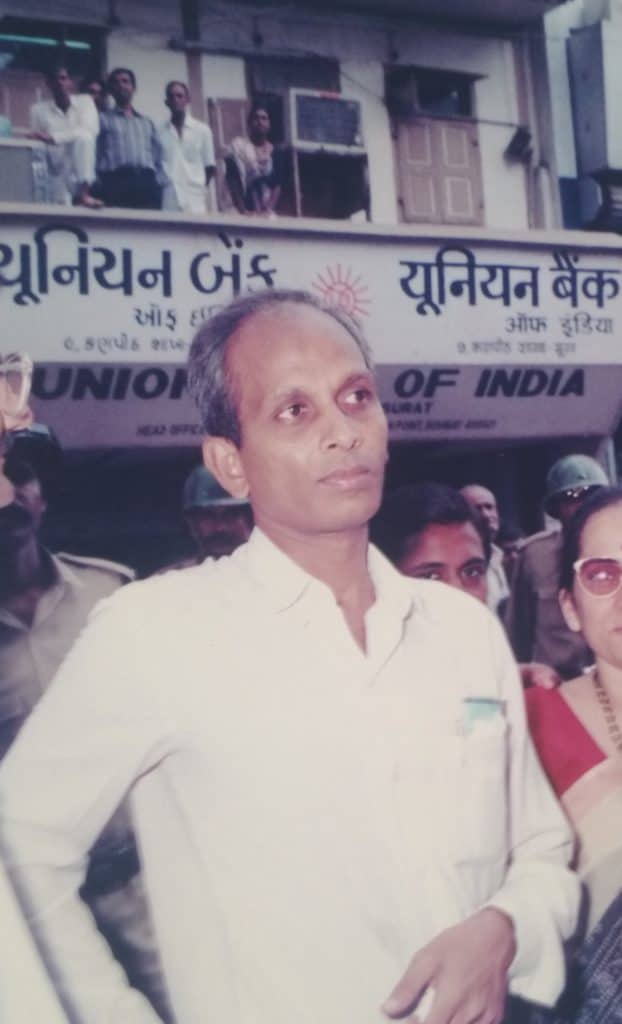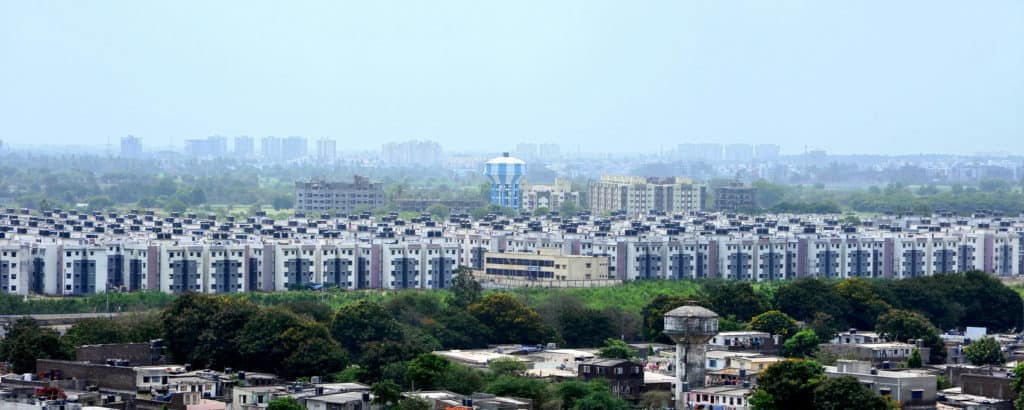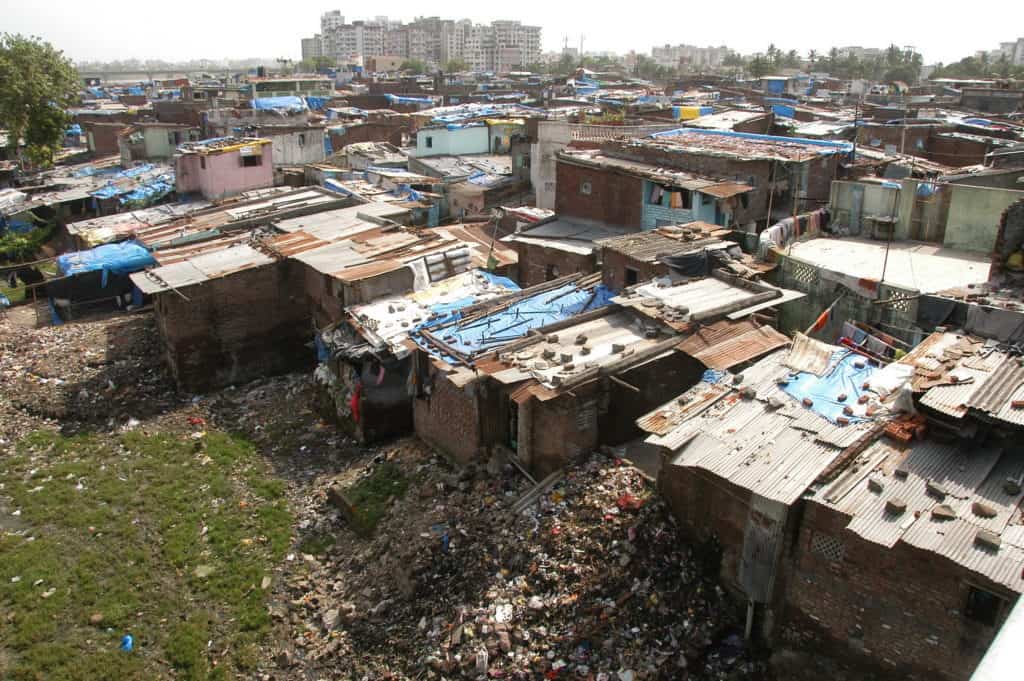A deadly plague. A committed and determined municipal commissioner. An aware and active citizenry. That was the beginning, in 1994, of Surat’s remarkable 25 plus year journey: from being the country’s dirtiest city with zero basic infrastructure, to the second-best managed city with well-maintained civic infrastructure.
“The biggest success of the then commissioner S R Rao was that he changed the mindset of an entire population” says textile industrialist, Indravadan Mahadevwala. “Till then, we had a municipal corporation only by name.”
Surat citizens were always known to be the happy-go-lucky types. Its decentralised textile industry had prospered enough to profit every skill that was part of the chain, including embroidery and zari work artisans and dyeing and printing masters.
Ironically, despite the city’s business success, the educational and academic levels of its people remained at the bare minimum. What added to this curious mix was the huge migration of workers and farmers from the Saurashtra and North Gujarat regions because of the frequent droughts there, the worst drought being in 1956. Along with them came Marwaris, Punjabis, Oriyas, Maharashtrians, Andhra-ites, Tamils.
The scale was such that the original Surati population comprising K (kanbi), Kha (khatri), G (Gola) and Gh (Ghanchi) [K, Kha, G, Gh — the Gujarati alphabet] was reduced to a minority and remains so even today. In the rat race these migrants pursued, civic issues like urban planning and infrastructure, a sense of hygiene, quality education, all took a backseat.
The man for the moment
Into this confusing and crowded mix walked in S R Rao, a frail, jeans-clad, municipal commissioner puffing his own Capstan cigarettes. Rao first brought in a turnaround in the work culture within the SMC. He would walk into garbage and slush and then call his officials to come see and clean up the mess. He soon got staff of other departments working. Rao demonstrated to the people what their city could look like — by first putting the SMC’s house in order and then asking the people to behave and cooperate.

Ask Indravadan, in his 70s now and a witness to that plague-ridden period. Today, he sees clean and garbage-free streets on his morning walks and when he cycles down to a club for a swim. “Our people saw the change Rao-saheb brought about, we could see all this was indeed possible in this city.”
Talk to almost anyone in the city and even today they invariably refer to him as Rao-saheb. “College girls and boys went to take his autograph when S R Rao was being transferred,” recalls Ashwin Mehta, a former deputy municipal commissioner who worked with him. “There was a veritable protest against moving him out of Surat”.
Ashwin said that earlier the city administration would run on the whims and fancies of the commissioner of the day. “But after Rao, a system was put in place and every new incumbent had to abide by it. And the first thing Rao did was to ensure that the people believed that a municipal corporation exists and works for them. A complaint redressal system was brought in where responsibilities were fixed and grievance-wise targets were decided. For instance, if there is a grievance about cleanliness, the chief sanitation inspector’s accountability was fixed. Then a grievance card was created where the citizen would fill in his issue at any civic centre and it would be directed to the officer concerned and a copy would also be marked to the complainant.”
Read more: Surat fire a shrill alarm, but has the city really woken up?
Once this system was put in place, Rao set targets for capital projects. “Rao revised the targets according to the nature of the work,” said Ashwin. “Earlier, for every new bridge, the officials would put four years. Rao changed the system. Essentially, all deadlines were halved.”
Surat’s residents are unanimous in their praise of the changes Rao brought about in the way the city administration worked. “The systems Rao put in place are in place even today,” said Mahendra Kajiwala, textile tycoon and former president of the Southern Gujarat Chamber of Commerce and Industry.
Inevitable calamity
For outsiders, it would be difficult to imagine what Surat, with its wide smooth roads, swanky flyovers with some of them flying over each other, a reliable public transport system, and plush residential areas to match those in metros, was like in 1994.
For instance, from a near absence of any kind of sewerage system then, today 191 square km of the total 204 square km habitable area of Surat (94%) has a proper sewerage system catering to 99.5% of the population. Most of the city now has piped water network, and many slum dwellers have been resettled in pucca constructions.
An epidemic was inevitable in the Surat of 1994, a city where money and liquor flowed as the perennial Tapti river. Surat’s denizens were cutting and polishing over 80 per cent of the diamonds exported from India and made half of the synthetic textiles produced in the country. But living conditions were abysmal.
Nearly 85 per cent of the city’s areas, where crores were earned and spent every 24 hours, did not have a drainage and sewerage system. About 60 per cent had no piped drinking water, and there was no dedicated public transport. The list of such did-not-haves was endless.
What met the visitors’ eyes were heaps of garbage lying on the middle of roads, mosquito laden cesspools, muddy stray animals, broken roads, a few ramshackle buses — and dodging through all this the odd Audi, the BMW, all varieties of Maruti vehicles, a variety of two-wheelers, with harried pedestrians trying in vain to use whatever was left of the road.
All forms of malaria and dengue were commonplace then, to the extent that treatment of every fever would invariably start with a quinine-based medicine, irrespective of whether one had malaria or not.
No wonder, plague struck — described by experts then as the pneumonic variety of the disease, carried by rats. The trigger for the outbreak was the floods of that year, resulting in water-logging for days on end in the absence of a proper drainage system, with matters made worse by clogged sewer drains overflowing and contaminating the numerous puddles of rainwater.

Cut to 2021
Today, Surat’s citizens have an active and working municipal corporation, supported and kept on its toes by an alert citizenry. There is, for instance, the tough-to-convince Centre for Social Studies, an autonomous social science research institute supported by the Indian Council of Social Science Research and the Gujarat Government, whose researchers are periodically called in by the Surat Municipal Corporation for review of its work as well as to take an independent stock of citizens’ views and suggestions.
The first problem a resurgent SMC addressed was public transport. Today, Chetana Vashi, in her 50’s and a branch manager of the Surat District Cooperative Bank, is using BRTS bus to travel to her bank though she has two cars and a two-wheeler. “It is very convenient as there are buses available every 20 minutes and it is quicker than using one’s own car,” Chetana says.
Besides public transport, two other key areas SMC addressed were solid waste management and recycling and reuse of sewage water.
“The SMC started implementing solid waste management strategies from 1997 and by 2004 was ahead of many cities in India,” said Vimal Trivedi, an associate professor at the Centre for Social Studies (CSS), who has been an integral part of SMC’s waste management efforts. “The central and state governments have been talking of wastewater and solid waste recycling and reuse in recent years, but Surat had implemented these at least a decade earlier”.
Read more: Who gains from expansion of Ahmedabad’s civic limits?
At the same time, Trivedi expresses concern that public sweepers and ragpickers are not being involved in garbage collection work. “They are an integral part of the cleanliness and sanitation system of the city,” says Trivedi. “It is not a good strategy to isolate them from the process”.
Surat’s aspirational citizens and administration are now looking to the future. Incumbent Municipal Commissioner Banchhanidhi Pani takes pride in Surat’s rise from 14 to being the second cleanest city in the national Swachh Survekshan 2020 rankings and is now aspiring for the top slot.
Recycle, reuse, earn money
The second initiative being implemented since 1998, was to recycle and reuse sewage water. As of now, the city generates nearly 950 million litres of sewage a day (MLD) and almost all of it goes to the 11 sewage treatment plants with a cumulative capacity to treat 1,172 MLD.
“We began recycling and reusing treated water by supplying it to over 125 textile dyeing houses in the Pandesara cluster since 1998 at Rs 18.20 per kilolitre,” says SMC’s Executive Engineer M H Pathan. “In 2014, we set up a tertiary treatment plant with the support of industries and the state government with a capacity of 40 MLD which was subsequently doubled. There were similar demands from another cluster in Sachin industrial estate, where we set up a plant adjacent to the estate of 35 MLD capacity.”
The SMC charges Rs 28.58 per kilolitre with a target of augmenting sewage collection and treatment capacity to 1,650 MLD after the current expansion to 1,273 MLD is completed. “The Centre’s policies for wastewater recycle and reuse came only in 2018,” adds Pathan.
“The SMC, which earns Rs 140 crore by selling treated wastewater to industries, plans to reuse as much as 70 per cent of all sewage by 2025,” said Municipal Commissioner Banchhanidhi Pani “We will be supplying over 250 MLD of treated water to industrial giants like Reliance, Essar, L&T, ONGC, NTPC and GAIL in the Hazira industrial belt.”
The city fortunately has not faced floods since 2006 after it put in place an elaborate drainage and sewerage network, which now covers 2,200 square km and has 60 pumping stations. “When the floods came in 2006, we had 80 per cent storm water drainage in place,” added Pathan.
Surat seemed well prepared to handle the COVID-19 situation. During the lockdown, its health team was ready with its data-base and testing and treatment protocols. But the unlock phase undid all that work. The city became the second worst COVID-19 affected city soon after the lockdown was lifted as the diamond and textile industries began work.
It took time, but Surat did tide over that crisis and is hopeful for the future.
Also read:
